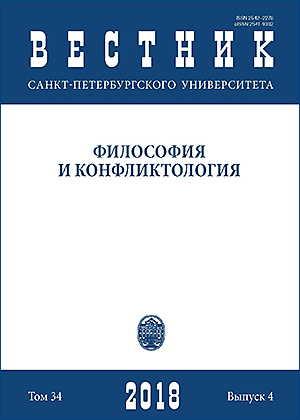Why beauty and why now? Historical perspectives of the contemporary discourse on beauty
DOI:
https://doi.org/10.21638/spbu17.2018.405Abstract
The term beauty has been a key category of aesthetic thinking for a long time. Relevancy of beauty of art, represented in ancient times by Plato’s transcendental theory of beauty or more factual inductive beauty of empirically oriented Aristotle and many others thinkers, placed beauty as a priority category of the world, including the world of art. Modern approaches follow primarily Kantian and Hegelian idealistic aesthetics of beauty, however, the state of today’s art world, or in the broader context, the aesthetic world of the 20th century, doubt beauty and even dethrone it from its pedestal. Does it make sense today to inquire about beauty of art? Has beauty as an attribute of art not ended its journey together with the idea of end of art? The paper aims to follow the connotations of losing beauty’s place in art in the context of the end of art (Hegel and Danto) or end of its history (Belting). Contemporary new thematization of beauty after a century dominated by the ugly or the noble in art (from Kant’s and Lyotard’s point of view) is an important shift showing beauty not only as a residuum of history but rather as a vital deposit that is worthily gaining a renewed attention and new varieties with the contribution of interdisciplinary approaches.
Keywords:
aesthetics, end of art, beauty
Downloads
References
Downloads
Published
How to Cite
Issue
Section
License
Articles of "Vestnik of Saint Petersburg University. Philosophy and Conflict Studies" are open access distributed under the terms of the License Agreement with Saint Petersburg State University, which permits to the authors unrestricted distribution and self-archiving free of charge.






